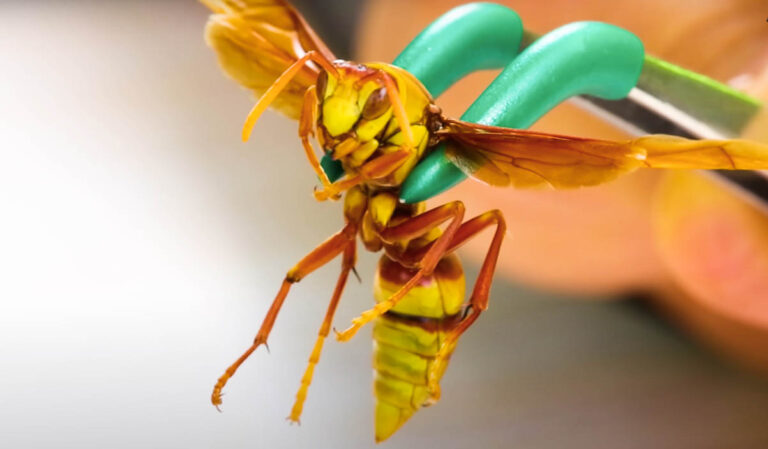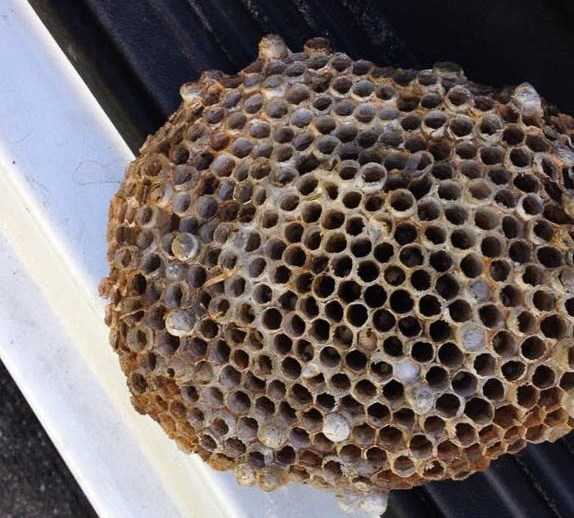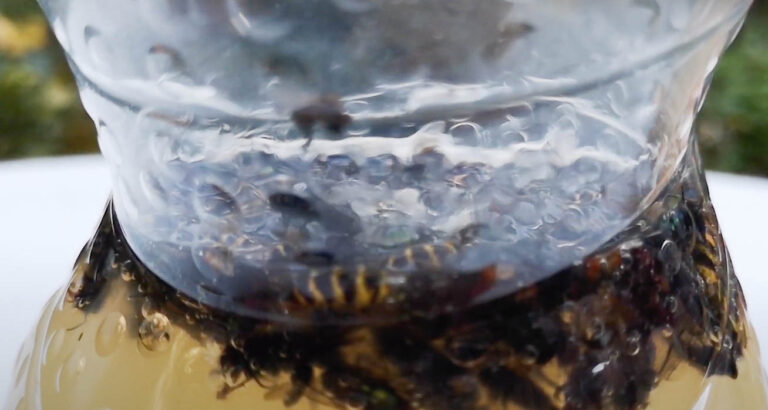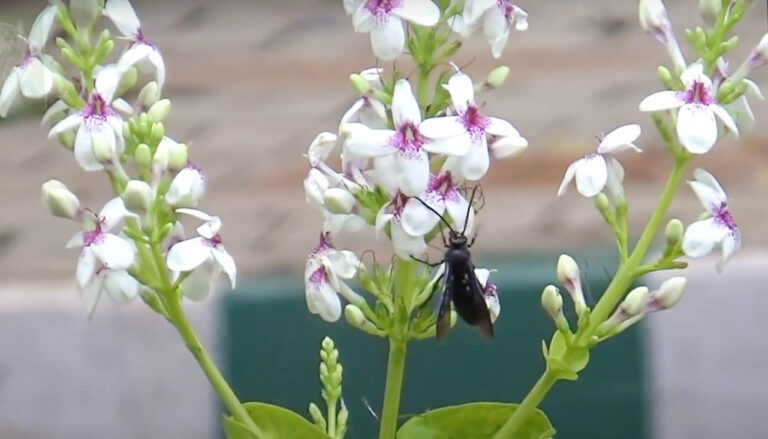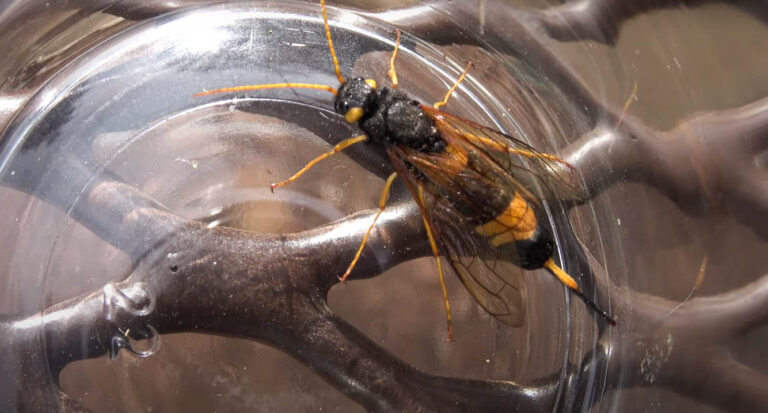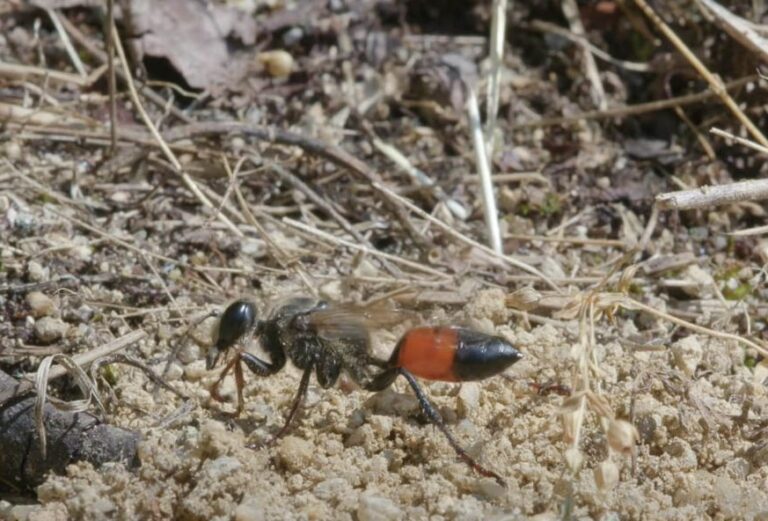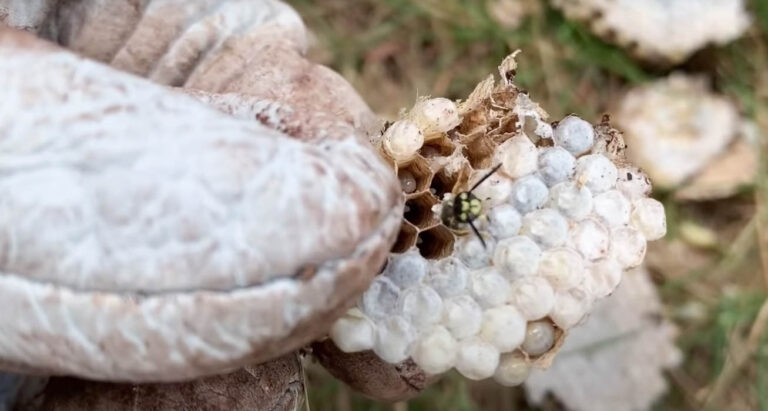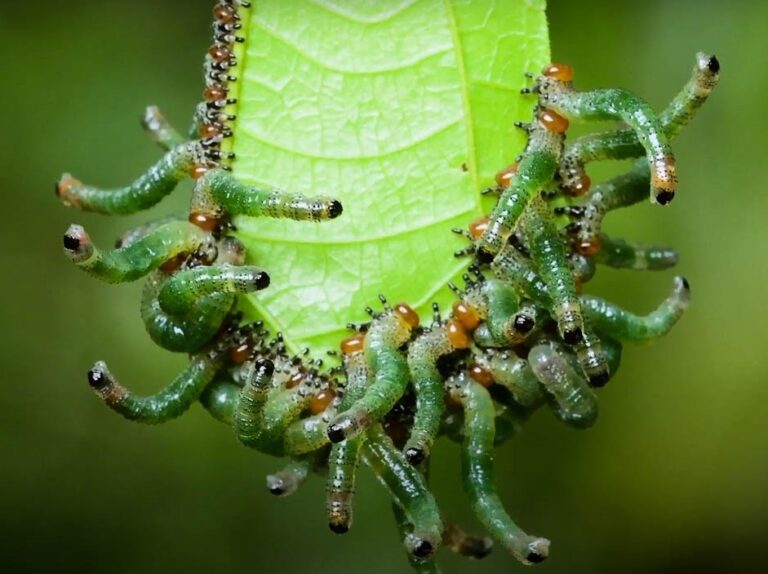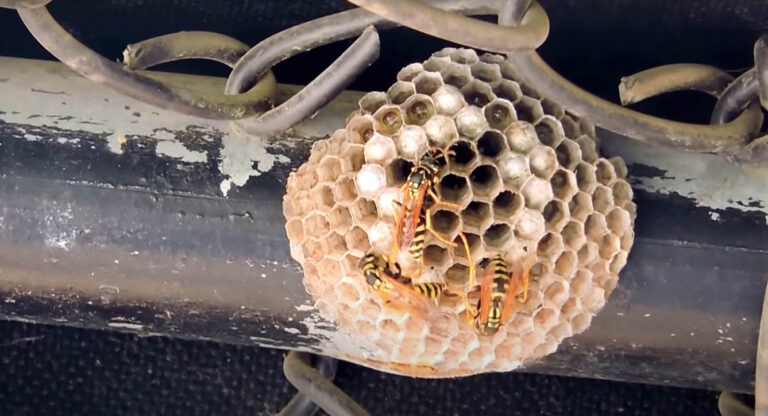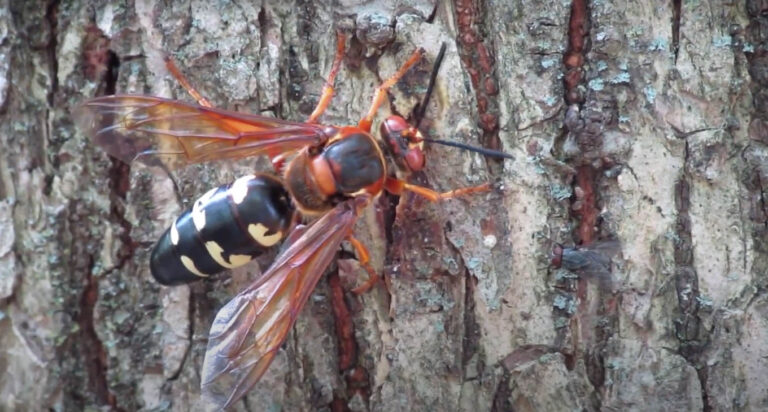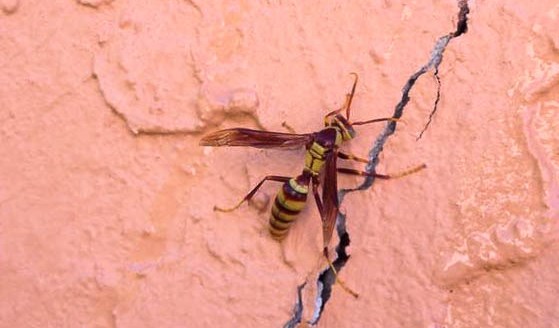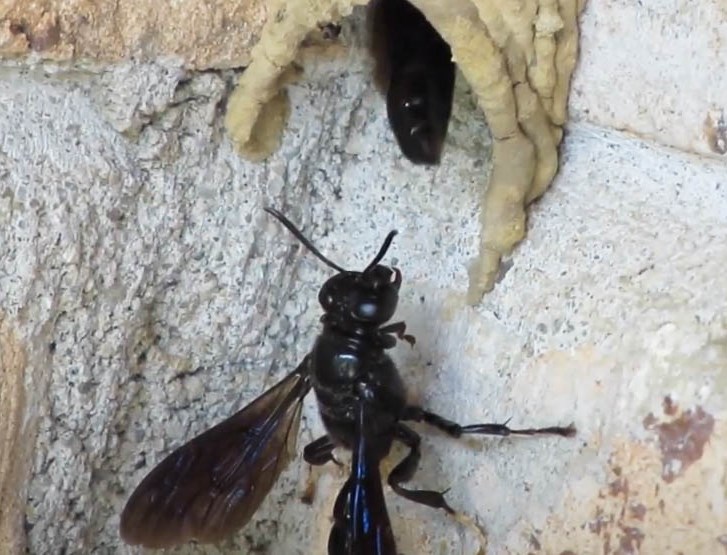About Eastern Cicada Killer Wasps
About Eastern Cicada Killer Wasps
The eastern cicada killer wasp is a solitary wasp that spends its short lifespan searching for cicadas to eat and to help control the cicada population.
There are different species of the cicada killer wasp:
*Sphecius convallis also known as the Pacific cicada killer. This species is found both in Mexico and the US.
*Sphecius grandis also known as the western cicada killer is found in Mexico, US, and some parts of Central America.
*Sphecius hogardii also known as the Caribbean cicada killer can be found in some Caribbean countries and also Florida in the US.
*Sphecius speciosus also known as the eastern Cicada Killer is found in the United States, Mexico, parts of Central America, and Ontario Canada.
*Sphecius spectabilis is found in South America.
Appearance
The appearance of the cicada killer wasp can resemble that of European hornets.
The abdomen is black with yellow-colored markings on three of the segments. There are six legs that are a light red color. The wings are brown in color.
Adults normally get to be very large in size, measuring up to two inches in length. Males are smaller than the females.
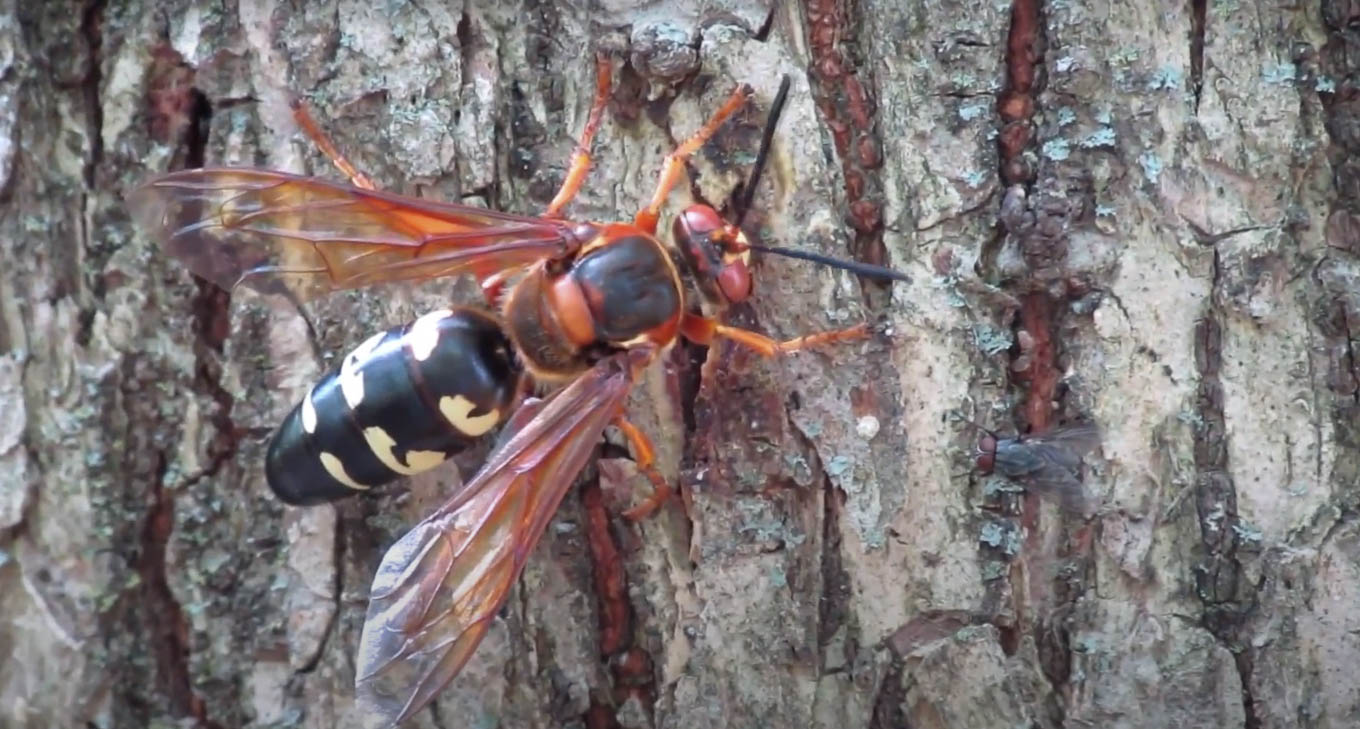
Behavior
The cicada killer wasp larvae will feed on cicadas as well as other insects that are around. The adults like to consume nectar as well as sap from trees that have fermented. They also like large plants too.
Life Cycle
The cicada killer wasp life begins as larvae that has been inside the burrow throughout the winter. When spring arrives, the larvae will change to a pupae stage and then an adult toward the early part of summer.
Once an adult, the wasp will emerge from the burrow. The female adult will then look for food, mate, and begin making her burrow in preparation for her offspring. Once the cells are created inside the wall of the burrow, the female will stock the burrow with cicadas to feed the larva once they are placed within the cell.

In order to lay an egg, the female will first go out and find her prey and sting it in order to paralyze it. She will then fly back to her burrow; lay one egg on top of the prey she has captured. Once the egg is laid, she will cover up the egg. In two to four days, the egg will hatch and the larvae will feed on the prey that the mother put into the cell. The larvae can feed off of the prey for one or two weeks. Once the feeding is over, the larva will spin a cocoon made from silk and prepare for the winter.
The cicada killer wasp male will die after mating. The female will die once the egg is laid and the prey is placed inside the cell and after she seals the cell up.
Habitat
Cicada killer wasps do not live in colonies, instead, they build nests underneath the ground. These wasps will burrow down what appears to the human eye as a simple burrow but underneath the earth’s surface, the burrows are approximately one-foot-deep and feature cells throughout the walls for the eggs to stay in. To recognize the cicada killer wasp’s underground nest, you will most likely see a U-shape at the entrance. This is a sure sign that this wasp is considering this hole their front door to the world. Places that you may see a cicada killer wasp burrow include golf course sand traps, sand areas around playground equipment, on the edge of concrete slabs, in some vegetable gardens, and sometimes on lawns.
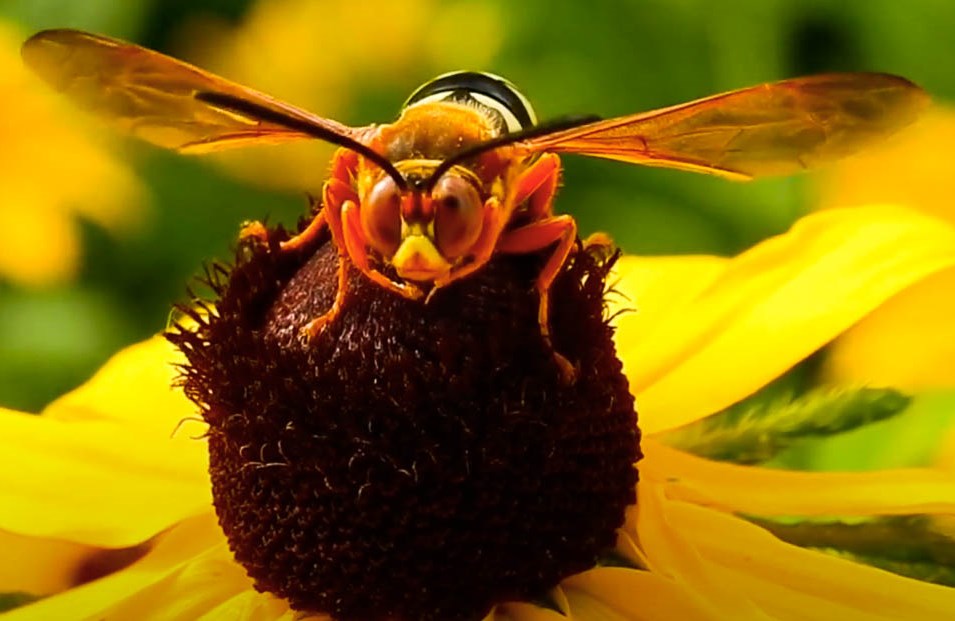
Habitat
The cicada killer wasp is not going to hurt you unless it is threatened and has no other choice. It’s main goal in life is to kill cicadas and that is it. They don’t focus on anything else. If you see a burrow, avoid it so you don’t get stung.

